(Originally posted at vhbraswell.com on 3.17.2017)
If you are a graphic designer, you probably have a few tools that you feel are invaluable to your success. Here are my top 5 tools for graphic designers.
1. Computer: Whether it’s a PC or a Mac, a laptop or a desktop, or both, finding the right computer(s) for your needs is extremely important. It will need to have a decent amount of RAM so that you can tackle many tasks at once. Just try to run more than one Adobe program at the same time as other programs that you may use having less than 4GB of RAM. You aren’t going to be a happy designer. My first suggestion is to have at least one desktop with 12GB+ RAM, a decent 1-2GB+ video card, 1TB+ HD space (SSD’s are even better), and maybe even a 27″ monitor (or two). My second suggestion here is to have at least one laptop to use on the go. Again, look for something with decent RAM and video card. Make sure that your computer(s) has at least Adobe Photoshop and Illustrator on it. I prefer to subscribe to Adobe Creative Cloud so that I can use all of their programs whenever I need to. Some projects will require more than just Photoshop, Illustrator, and InDesign.

2. Drawing Tablet: This tool is amazing. Have you ever tried to illustrate something, or handle little details in a photo in Photoshop with just your mouse or trackpad? You probably have, but have you tried doing the same task with a drawing tablet? If not, you are in for a treat. Not only are these pen & tablet input devices great for illustration, but they’re fantastic for photo editing, and especially for those projects where you have to cut parts of a photo out. I tend to have to do that a lot. My recommendation would be a Wacom Intuos Pro. The large one is great, but any size will do. Get whatever fits your budget.
3. A Decent Desk & Ergonomic Chair: I have personally been through a ton of chairs, and a few desks, and I can honestly say that these two items are really important for your overall comfort and health. I recently purchased an Aeron Chair, and a Autonomous SmartDesk 2 (Standing and Sitting Desk). I could not believe the difference that these made. Designers tend to sit for the majority of the day, and when you don’t have a proper chair, you are going to start to have back pain sooner or later. The desk was really not that expensive at all. The chair is a little bit more of an investment, though, but as soon as I got the chair, I noticed immediately that my back and hip pain were SO much better. These two items are definitely worth it!
4. Sketchbook and/or iPad Pro w/ Apple Pencil: Designers need materials to sketch out ideas. We don’t usually just go straight onto the computer and do one design for a client. We tend to sketch ideas out first. Most designers tend to stick with the sketchpad and pencils, but many have also lately starting using the iPad Pro with an Apple Pencil. Some find that it’s easier to carry around, and they love how the pencil works with the iPad pro. Unlike older stylus pens, the pencil has very little lag and feels more natural. The iPad Pro won’t be for everyone. Some people will still prefer to use paper and pencil, and there’s absolutely nothing wrong with that. It’s all personal preference.
5. Camera: Designers can often times use a LOT of images in their work, and we run into a lot of copyright and other issues when finding images to use. Stock photos can get expensive, and you might not always find the image you’re looking for for a project. This is where a camera comes in. If you consider yourself decent at snapping pictures – you don’t have to consider yourself a professional photographer, by any means – you can and should take some of your own photos to use in projects. You don’t need a top of the line DSLR, but it wouldn’t hurt if you can afford one. You can even use your phone if it has a decent camera on it. They even make little lenses that you can snap onto your phone that allows it to take even better photos. Whatever you choose to use, just go out there and use that creative mind of yours to shoot some cool photos to use in current or future projects. You may even have some fun doing it.
One Extra Tip: If you are a freelance designer, all of the “purchases” can be written off from your business taxes at the end of the year. Don’t forget to keep track and hold onto receipts.
Do you have an ideas for gadgets or tools that are awesome for freelance graphic designers? Let me know!


